Table of Contents
Insects undergo a remarkable life cycle, including distinct stages. It begins with the egg, which hatches into a larva. The larva, often referred to as a caterpillar, undergoes multiple molts, growing larger until it enters the pupal stage. During pupation, the insect undergoes metamorphosis, transforming into an adult. Finally, the adult emerges from the pupa, ready to reproduce and continue the cycle. Here we have discussed a few differences between larva and pupa and their properties.
Larva and Pupa
Larva and pupa are the two different stages in the life cycle of insects, including butterflies and beetles. These stages are part of a process called complete metamorphosis, which is characteristic of insects like butterflies, moths, bees, and beetles.
Define Larva
A larva is the juvenile form of an insect, amphibian, or other animal within incomplete metamorphosis. This developmental stage occurs between the embryo and the adult in insects and the developmental stage occurs between the embryo and the adult in insects and amphibians, undergoing distinct physical changes as it grows. Larvae differ significantly from the adult form, often having unique body structures and lifestyles. In insects, larvae typically hatch from eggs and go through several stages of growth, shedding their exoskeletons as they enlarge-a process known as molting.
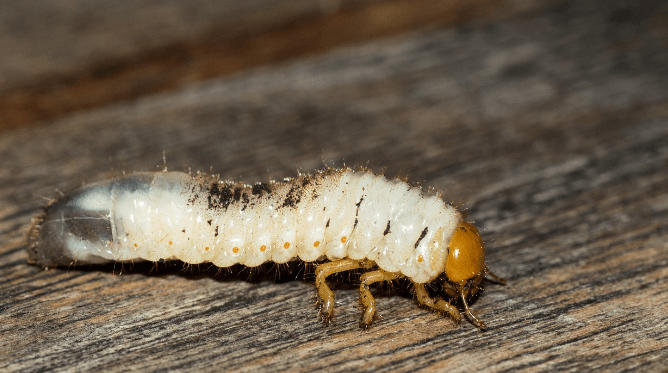
Larvae are highly specialized for their ecological roles and may have adaptations suited for their specific environments, such as caterpillars with silk-producing glands. During the larval stage, organisms usually focus on feeding and growing, accumulating energy and nutrients for the subsequent transformation into their adult form. This process is fundamental to the life cycle of many species, contributing to ecological balance and biodiversity in various ecosystems.
Define Pupa
A pupa is a stage is a stage in the life cycle of insects where they transform from larvae, like caterpillars, into their adult form, such as butterflies or moths. During this phase, the insect undergoes a remarkable transformation called metamorphosis. The pupa appears as a resting or enclosed stage, often enclosed within a protective casting, like a chrysalis or cocoon. Inside, the insect undergoes significant changes, rearranging its body parts and tissues.
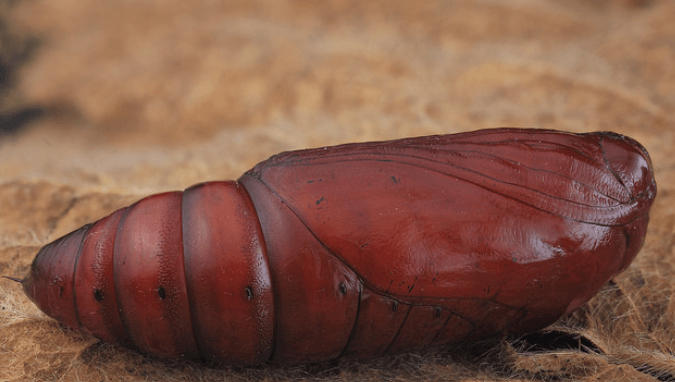
It doesn’t eat during this time and remains relatively inactive. These changes result in the formation of wings, legs, and other adult features. After the transformation is complete, the insect emerges from the pupal case as a fully developed adult, ready to reproduce and continue its life cycle. Pupation is a crucial process, that ensures the survival and diversity of insect species in various ecosystems.
Difference Between Larva and Pupa
Larva are two distinct stages in the life cycle of insects, especially those ongoing complete metamorphosis like butterflies, moths, and beetles. Larvae are the active feeding and growing stage, while pupae are the inactive, transformative stage leading to the development of the adult insect.
| Difference Between Larva and Pupa | ||
| Aspects | Larva | Pupa |
| Life Stage | Larvae are the immature and active feeding stage of insects. | Pupae are the non-feeding, transitional stage between larvae and adult insects. |
| Body Structure | Larvae usually have a worm-like or caterpillar-like body structure. | Pupae have a more complex body structure, with developing adult features enclosed within a protective case. |
| Feeding | Larvae are voracious feeders, consuming food to fuel their growth. | Pupae do not feed, they rely on the energy stored during the larval stage. |
| Mobility | Larvae are generally mobile and actively move to find food. | Pupae are usually immobile and undergo significant internal changes. |
| Protective Covering | Larvae typically do not have a protective covering. | Pupae are often enclosed in a cocoon or chrysalis, protecting them during metamorphosis. |
| Growth and Development | Larvae grow and molt, increasing in size during this stage. | Pupae undergo metamorphosis, during which they transform into the adult insect. |
| Functions | Larvae serve the purpose of feeding and growing, preparing for the next life stage. | Pupae serve the purpose of transformation, developing adult features and organs. |
| Duration | The larval stage can vary in duration, depending on the insect species. | The pupal stage also varies in duration, but it is generally shorter than the larval stage. |
| Sensitive | Larvae are more sensitive to environmental changes and disturbances. | Pupae are relatively less sensitive to the environment, as they are in a transitional state. |
| Emergence | Larvae do not emerge as adults; they transform into pupae. | Pupae undergo metamorphosis and eventually emerge as fully developed adult insects. |
Properties of the Larvae and Pupae
Larvae and pupae are distinct stages in the life cycle of insects, including butterflies and beetles. It’s important to note that the specific characteristics of the larvae and the pupae can vary widely among different insect species.
Properties of the Larvae
- Form: Larvae are typically worm-like or caterpillar-like in shape, with a soft body and often well-developed chewing mouthparts.
- Function: Larvae are primarily feeding and growing stages. They consume food voraciously to support their rapid growth.
- Movement: Larvae are usually active and capable of movement, although their mobility can vary depending on the species.
- Respiration: Larvae breathe through small openings called spiracles located on their body segments.
- Protection: Larvae often have various mechanisms to protect themselves from predators, such as camouflage or spines.
Properties of Pupae
- Form: Pupae have a different body structure compared to larvae. They are usually non-mobile and enclosed in a protective casing called a chrysalis (in butterflies) or a puparium (in flies), which provides them a safe environment for transformation.
- Function: Pupae are the transitional stage between larvae and adult insects. Inside the pupal casing, the insect undergoes metamorphosis, transforming its body structure and developing adult features.
- Metamorphosis: During the pupal stage, the insect undergoes complete metamorphosis, which involves significant changes in body shape, internal organs, and sometimes even diet.
- Respiration: Pupae do not actively feed and do not actively feed and do not require as much oxygen as larvae. They may have specialized structures for respiration, depending on the species.
- Transformation: The pupal stage is crucial for the insect’s transformation into an adult. It is a period of recognization and development, leading to the emergence of the fully formed adult feed which does not require as much oxygen as larvae. They may have specialized structures for respiration, depending on the species.
- Transformation: The pupal stage is crucial for the insect’s transformation into an adult. It is a period of recognization and development, leading to the emergence of the fully formed adult insect.
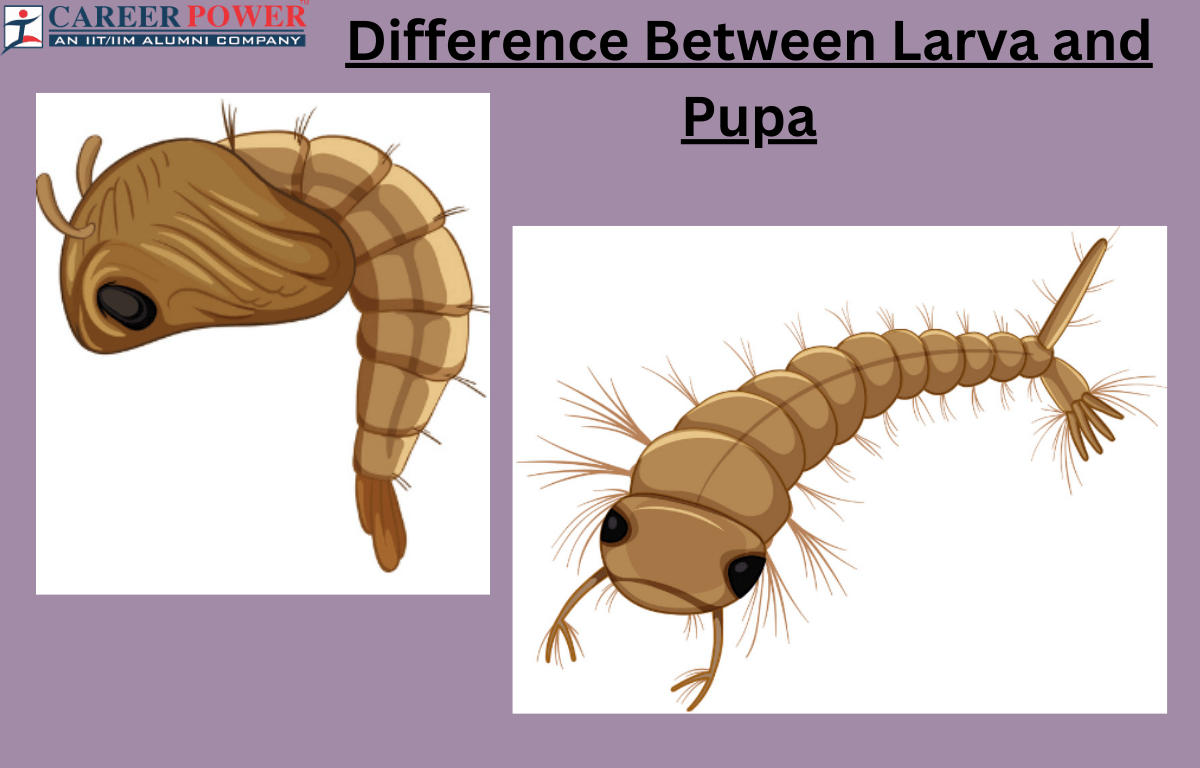
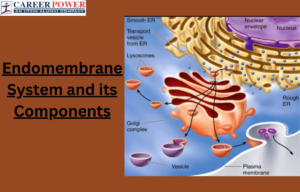 Endomembrane System - All the Organelle ...
Endomembrane System - All the Organelle ...
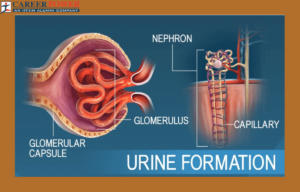 Urine Formation, Function of Tubules, Os...
Urine Formation, Function of Tubules, Os...
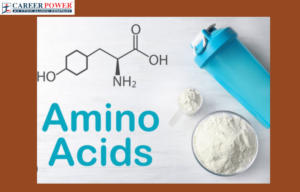 Amino Acids - List, Properties, Function...
Amino Acids - List, Properties, Function...
